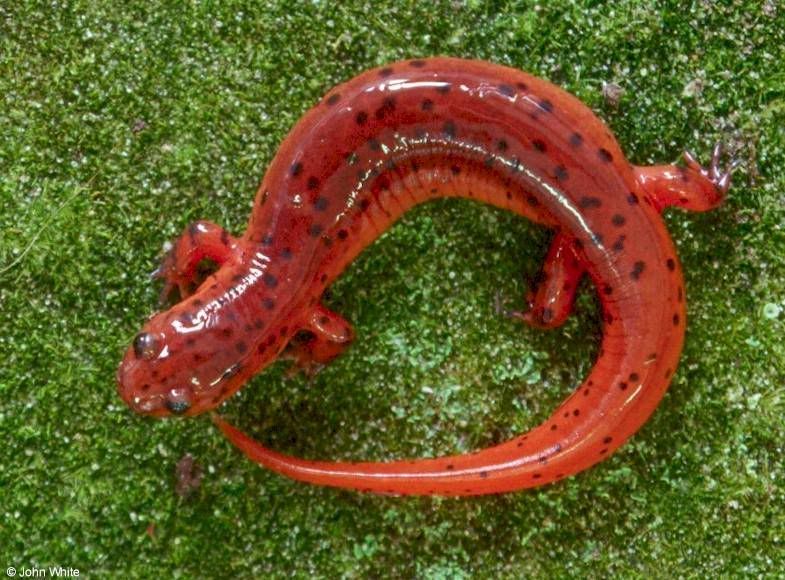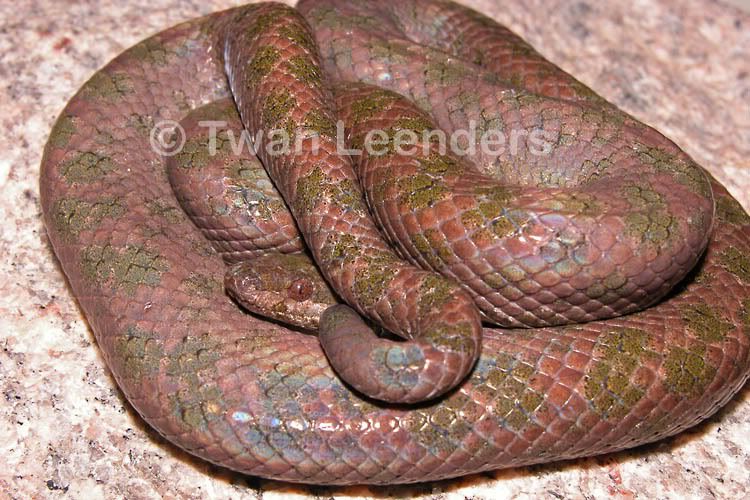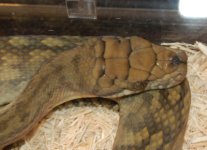-
Hello!
Either you have not registered on this site yet, or you are registered but have not logged in. In either case, you will not be able to use the full functionality of this site until you have registered, and then logged in after your registration has been approved.
Registration is FREE, so please register so you can participate instead of remaining a lurker....
Please be certain that the location field is correctly filled out when you register. All registrations that appear to be bogus will be rejected. Which means that if your location field does NOT match the actual location of your registration IP address, then your registration will be rejected.
Sorry about the strictness of this requirement, but it is necessary to block spammers and scammers at the door as much as possible.
You are using an out of date browser. It may not display this or other websites correctly.
You should upgrade or use an alternative browser.
You should upgrade or use an alternative browser.
Guess that herp!!!
- Thread starter Jynx
- Start date
tricksterpup
I has nuttin to Say.
tricksterpup
I has nuttin to Say.
This a hard one.. so putting on your thinking caps. If you can't figure it out. I will post another
Tula_Montage
It's Jager time!
Pseudotriton ruber?
tricksterpup
I has nuttin to Say.
Elle,
This is Pseudotriton montanus
I am going to give you this one due to the fact they are very similar
This is Pseudotriton montanus
I am going to give you this one due to the fact they are very similar
The red salamander is far more common in our region than its close relative, the mud salamander. It is also usually larger, growing for up to two and a half years before undergoing metamorphosis at a greater size (more than 2 inches, snout to vent). Adults are superficially similar to P. montanus, but can be distinguished based on their black spots, which are larger and more numerous, often running into each other. Also, the iris of P. ruber is yellow or gold, whereas the iris on P. montanus is brown. Red salamanders are found throughout the Southeast at sites with running water. The larvae are often collected in relatively rapid running streams, and adults are not infrequent at some sites with sluggish (if any) stream flow and dense muddy substrate. Adults are most frequently found beneath large cover objects such as logs and the like in areas that are relatively undisturbed. The skin of P. ruber (and P. montanus) contains a toxin, called pseudotritotoxin that helps deter predators from attacking this otherwise gentle animal.
Tula_Montage
It's Jager time!
Tula_Montage
It's Jager time!
Perhaps that was too hard 
LostNFound
New member
I'm looking I'm looking LoL
RobbiesCornField
Bring it on.
Tropidophis haetianus
RobbiesCornField
Bring it on.
Did I mention I love google?
RobbiesCornField
Bring it on.
Since Elle's was so very difficult, I guess I'll cut you guys a break with this one.


RobbiesCornField
Bring it on.
Moralia Amethistina?
Morelia, but I'll give it to ya. LOL
RobbiesCornField
Bring it on.
That looks specifically like a Morelia amethistina kinghorni.
Darling, I don't do specifics.
General is good enough for me!
alan
Guest
Jynx
Digger, RN
They are no doubt gorgeous animals, and that iridescence rivals Rainbow Boas and Sunbeams. But that temperament.... gah... I had a female about 5 years back... lets just say that I gave her to someone that was more experienced with large aggressive constrictors.
Ok Alan... its all you!
Ok Alan... its all you!



